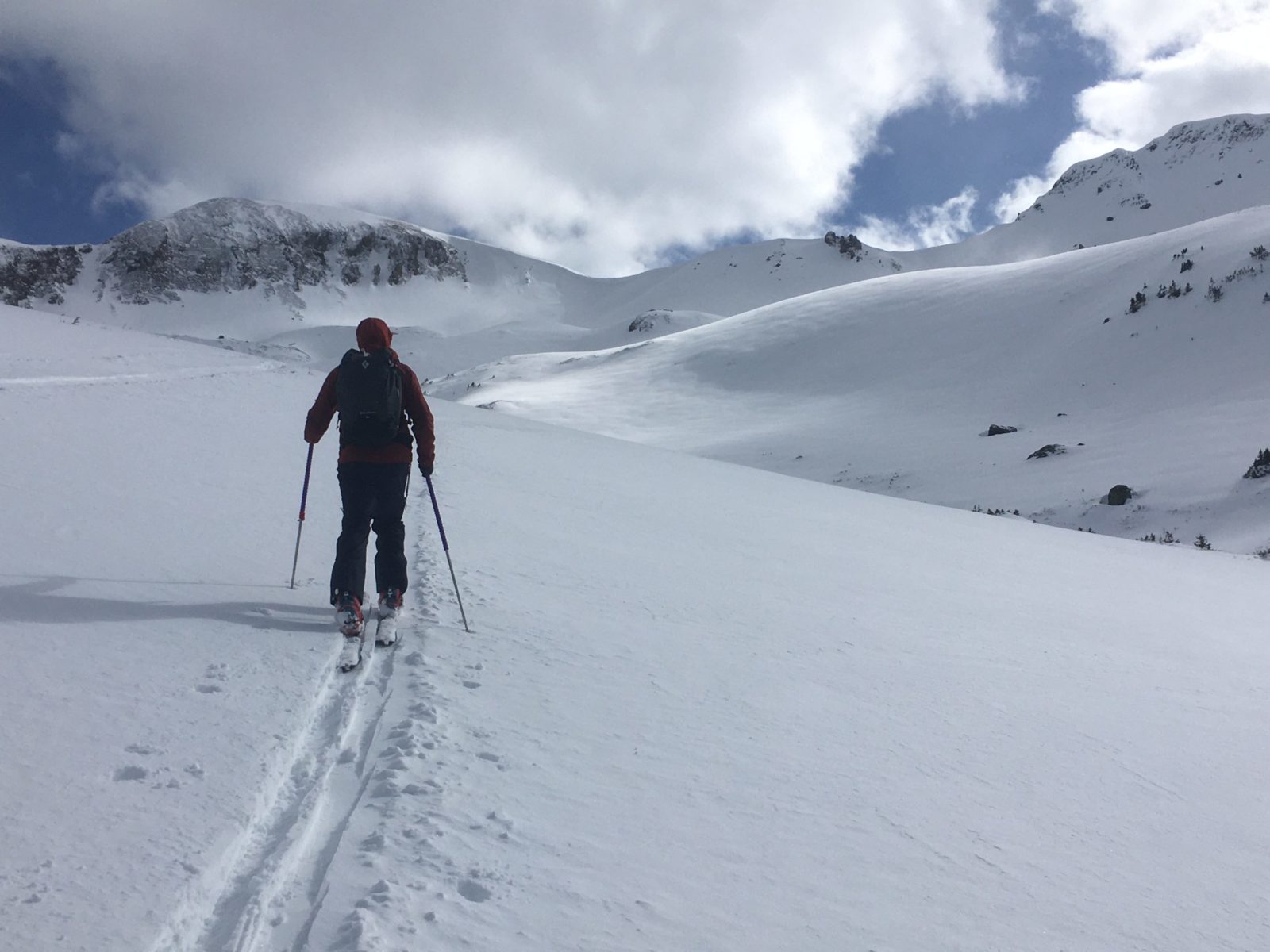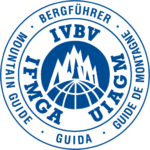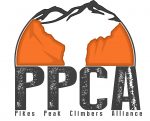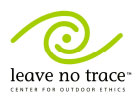
Training for the Uphill – A Primer for New Backcountry Skiers and Riders
Cooler temperatures, vibrant autumn colors, and dustings of snow bring visions of epic backcountry tours to come. But what if you are new to backcountry skiing and riding? You probably already know the importance of avalanche training. We do offer a full slate of AIARE courses to give you the tools to plan for and execute a safe tour in the backcountry. But there is a lot you can do before taking your first AIARE course to build and refine your touring skills so that you are as prepared for the climb up as the ride down.
A great place to begin your backcountry journey is to skin uphill at your favorite ski area. Most ski areas and resorts in Colorado allow for uphill travel. (Important note: uphill policies vary from resort to resort. Remember that you are taking advantage of parking, restrooms, grooming, and avalanche mitigation. Please be respectful of this wonderful option for safe uphill travel!). Skinning is an energy-intensive activity that requires the right equipment and technique. Learn how your boots fit when hiking uphill for several hours. Practice switching your bindings from tour to ski mode and back again. Become efficient at applying, ripping, and storing your skins in your pack. Dry skins are skins that work well all day! Find the optimal length for your poles when climbing. Refine your layering system. This is a tricky one! You will need a base layer that wicks prodigious amounts of sweat and dries quickly, an insulating layer that breathes well, and a waterproof outer layer (shell) that fights the wind and snow. Many new backcountry skiers are shocked at how hot and sweaty the whole business of heading uphill really is! Try wearing a ball cap, buff, and sunglasses for the climb. Wear a light pair of wicking liners to cut the wind and protect your hands from the friction of poling. Stash your helmet, goggles, and heavy ski gloves in the pack for the way down. Speaking of packs, this is an absolutely essential piece of equipment that needs to comfortably carry a wide assortment of gear- avalanche rescue tools, layers, gloves and more gloves (!), water, food, skins, and more). Wear your avalanche beacon. Learn where to position it on your body for comfort and to not create electronic interference with your other devices (phones, radios, and so forth). If the “beacon basin” at the resort is functioning that day (check in with Ski Patrol), practice your search technique and then practice some more. Above all, try for several laps. This way, you get a feel for skiing with a full pack and become more efficient at transitions. When the wind is ripping and snow is coming in sideways, it is essential to shift from tour to ski mode as quickly as possible. With a bit of practice, you will develop your own routine to maximize your body heat, keep your hydration and nutrition topped off, and stash your gear quickly. Transitioning will become a zen-like activity where you do things the same way every time so that you are mentally and physically prepared for the descent (yes!) and your equipment is ready to go. Shredding the gnar is tricky in tour mode!
We have only so many matches to burn on a big backcountry adventure. By constantly refining our uphill technique and transitions, we leave more energy in the tank to enjoy the ride down (yes!). We also increase our margin for safety in case we encounter challenging conditions, deteriorating weather, an unexpected equipment issue, or an emergency. Or we may just have enough juice for another lap, especially on those magical days when the powder is deep, the sky is blue, and the company is good.










